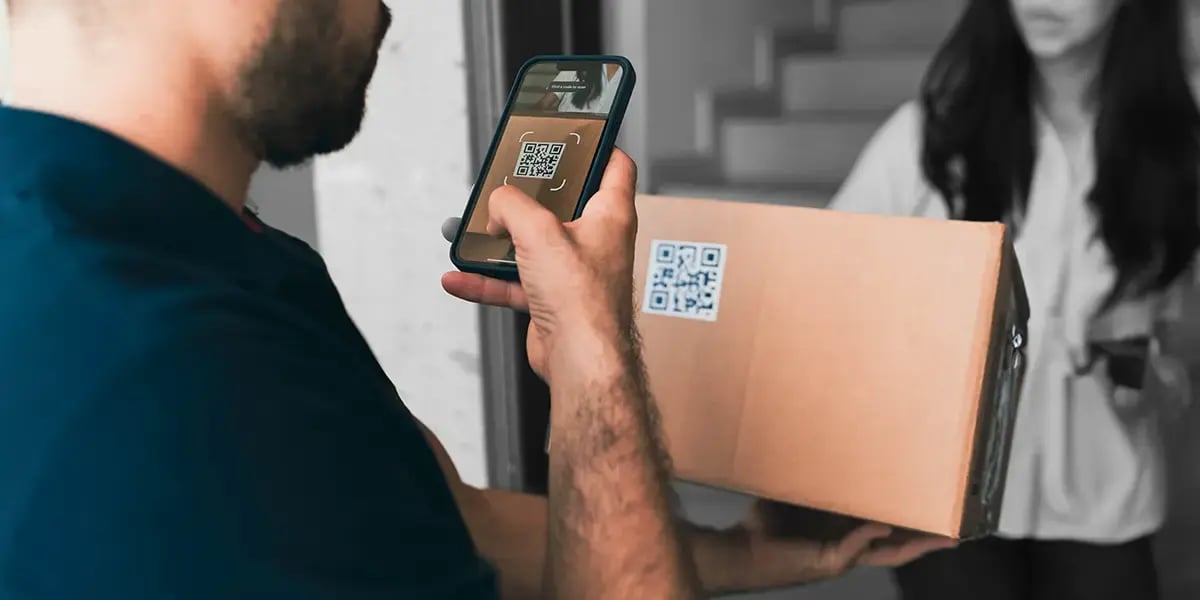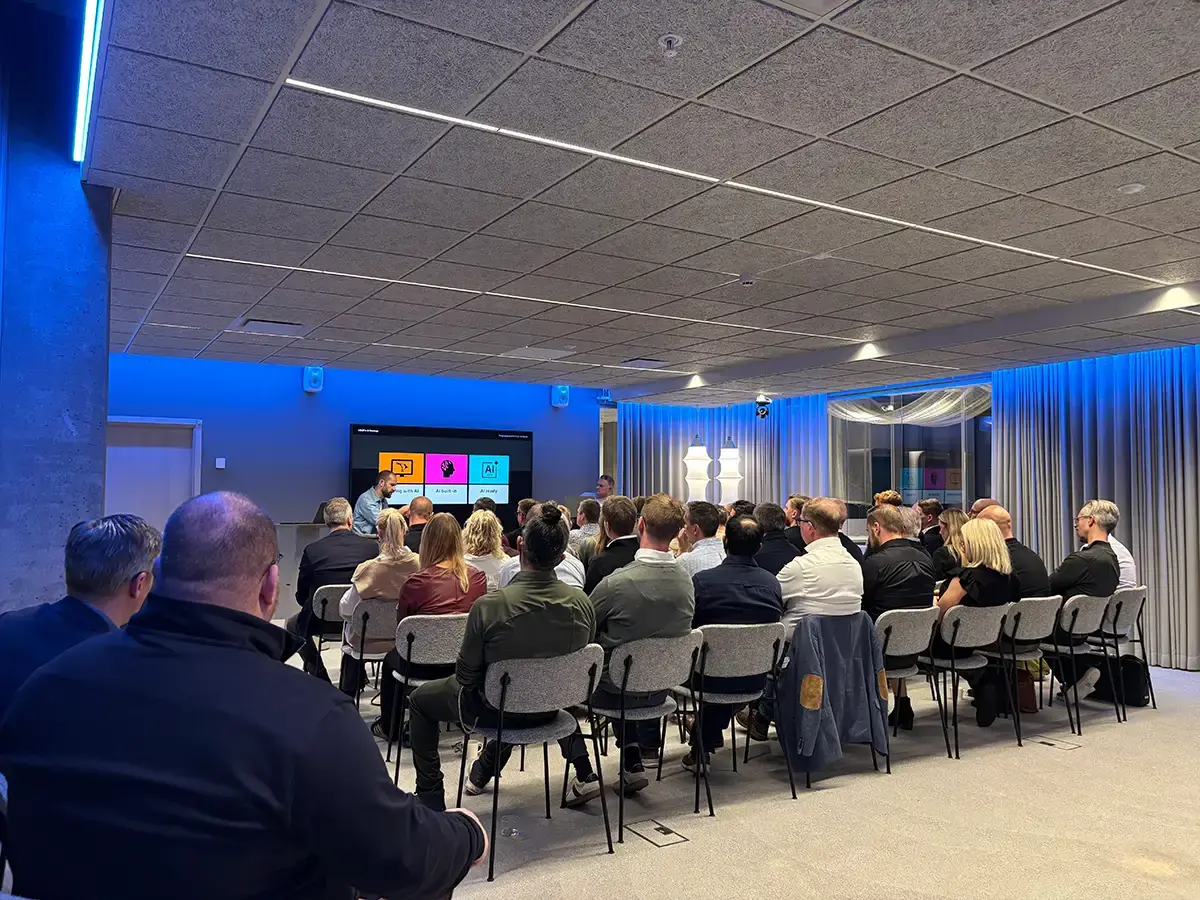
As e-commerce continues to grow, so does the importance of last-mile tracking. Customers want to know where their packages are and when they will arrive, and e-commerce companies are investing in technology to provide real-time tracking and improve the overall delivery experience.
Here are five predictions for how delivery tracking in e-commerce will evolve in the coming years:
Real-time parcel tracking will become the norm for e-commerce deliveries
One of the most significant predictions in delivery tracking is that real-time tracking will become the norm. Customers want to know where their packages are at all times, and they want to be able to track their orders from when they are shipped to when they are delivered. Real-time tracking gives customers more control over their orders and can help reduce anxiety about when their package will arrive.
Real-time tracking is made possible through technology such as GPS tracking and RFID. These technologies allow e-commerce companies to track packages in real-time and give customers accurate delivery estimates. Real-time tracking is also becoming more common in last-mile delivery, with companies like Amazon and UPS using GPS tracking to provide customers with real-time updates on the location of their packages.
Technology will continue to play a leading role in delivery tracking
Technology is playing an increasingly important role in delivery tracking. In addition to GPS tracking and RFID, e-commerce companies are also using IoT devices to improve the accuracy and speed of logistics tracking. IoT devices can provide real-time data on the location and condition of packages, which can help reduce delivery times and improve overall efficiency.
Another technology that is becoming more common in last-mile delivery tracking systems is artificial intelligence (AI). AI can be used to optimize delivery routes, reduce delivery times, and improve the overall last-mile delivery experience. For example, AI can analyze traffic patterns and weather conditions to determine the fastest and most efficient delivery route.
Data analytics will be used extensively to optimize delivery routes and improve efficiency
Data analytics is another prediction shaping the future of delivery tracking. E-commerce companies use data analytics to optimize delivery routes, reduce delivery times, and improve efficiency. By analyzing high-level delivery data on delivery times, traffic patterns, and customer behavior, companies can make data-driven decisions that improve the post purchase experience for customers.
Data analytics can also be used to improve the accuracy of delivery estimates. By analyzing historical data on delivery times, companies can provide more accurate delivery estimates to customers. This can help reduce anxiety about when packages arrive and improve the delivery experience.
Sustainability will become an increasingly important consideration in delivery tracking
Sustainability is becoming an increasingly important prediction in e-commerce delivery tracking. Logistics tracking is becoming important to retailers exploring alternative delivery methods, such as electric vehicles and drones, to reduce their carbon footprint. Electric vehicles are becoming more common in last-mile delivery, with companies like Amazon and UPS using electric delivery vans to reduce emissions. Zero emissions delivery services are becoming increasingly widespread across Europe.
Drones are also being explored as a more sustainable delivery method. Drones can deliver packages quickly and efficiently without traditional delivery vehicles. While there are still regulatory and logistical challenges to overcome, drones have the potential to revolutionize the delivery industry and provide a more sustainable delivery option.
Customer experience will be a key factor in determining the success of last-mile tracking initiatives
For all of the innovations mentioned above, the customer experience will remain a key consideration. Real-time tracking, technology, data analytics, and sustainability are all important, but they must be implemented to improve the overall delivery experience for customers.
This means providing accurate delivery estimates, communicating clearly with customers, and ensuring packages are delivered on time and in good condition. It also means providing a fully branded, seamless, intuitive tracking experience with easy-to-use interfaces and clear instructions.
In conclusion, delivery tracking is becoming an increasingly important consideration in e-commerce. Real-time tracking, technology, data analytics, sustainability, and user experience are all predictions shaping the future of delivery tracking. By focusing on these predictions, e-commerce companies can ensure that delivery tracking is a positive and seamless experience for customers.
About the author





